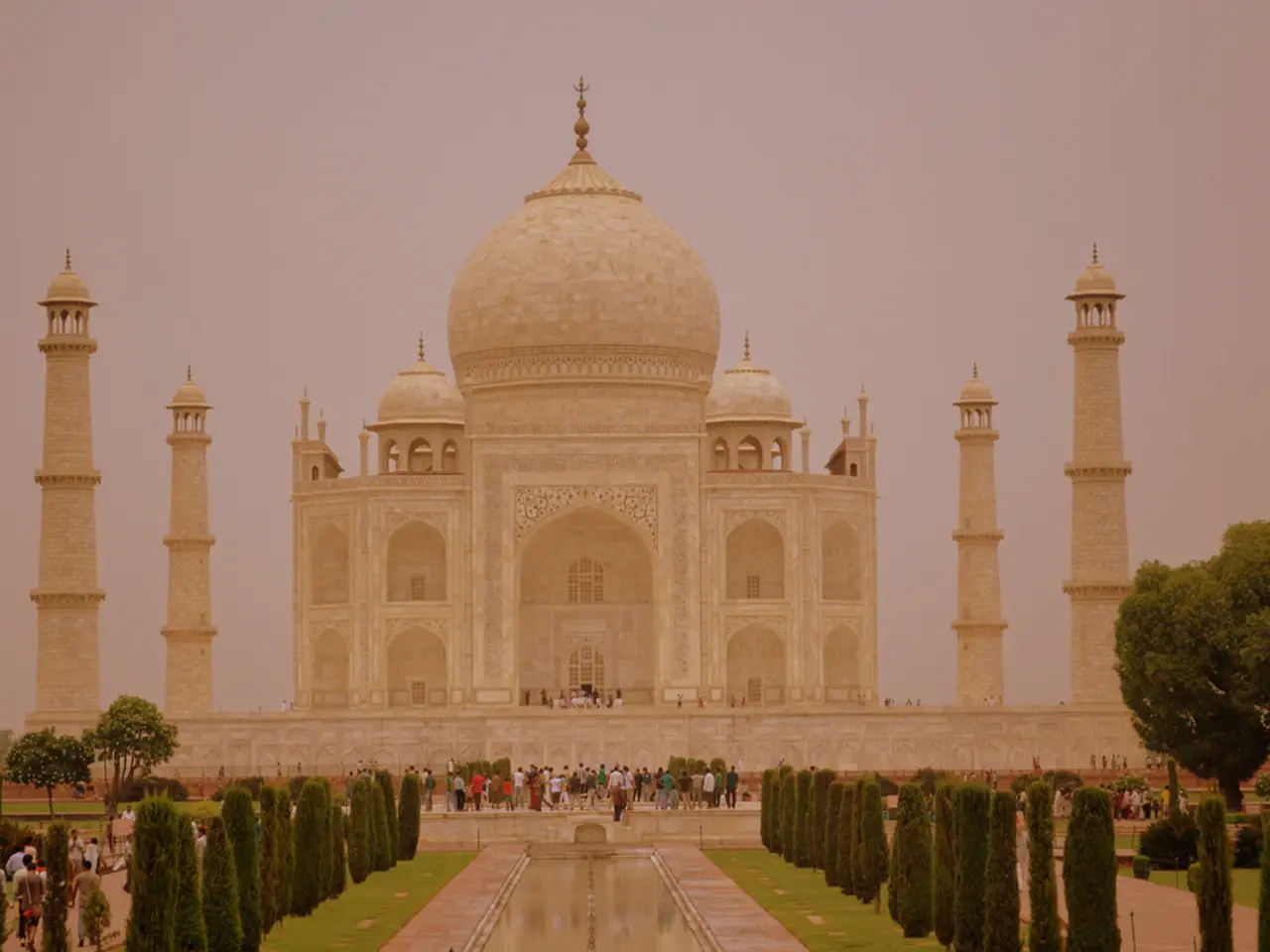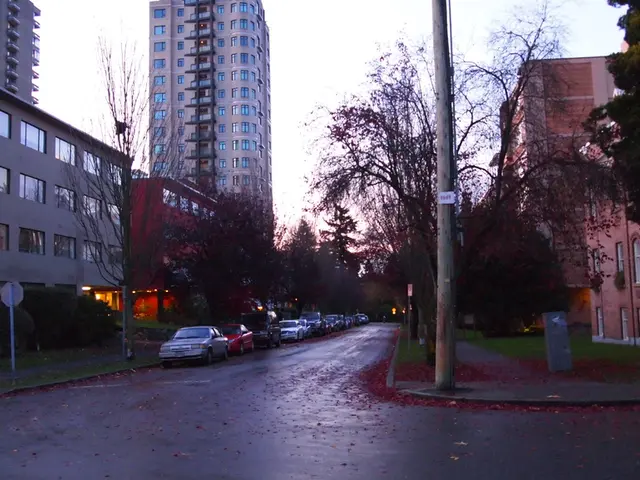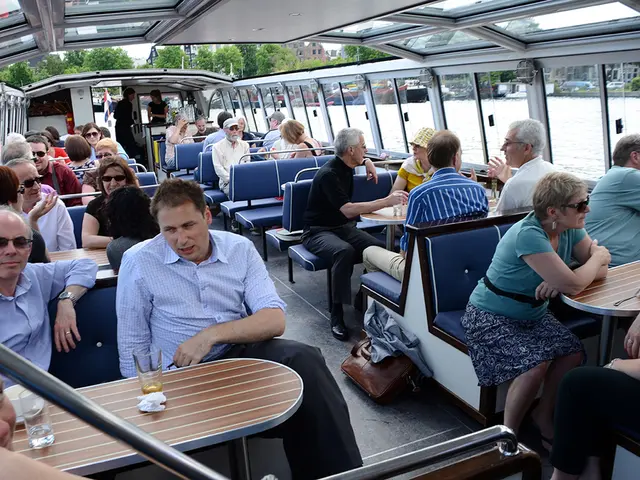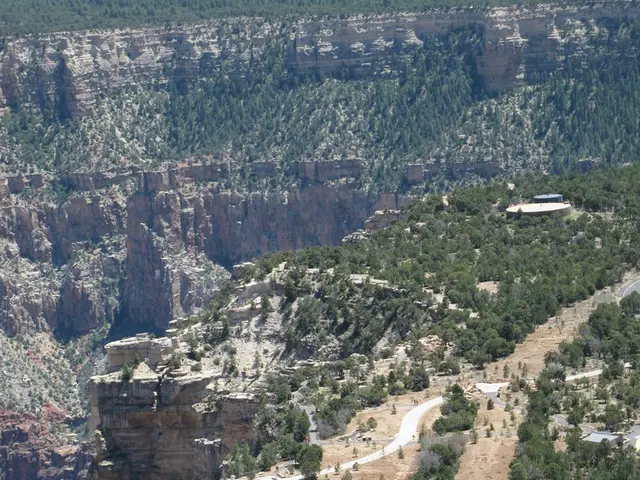Endured 52 Assaults Yet Yielded to Nature's Fury
In the heart of Himachal Pradesh's Kangra Valley, nestled against the majestic Dhauladhar mountain range, stands the ancient and imposing Kangra Fort. Built by Bhuma Chand, the founder of the Katoch Dynasty, this fortress covers an area of about 463 acres and has been a key symbol of Rajput pride and heritage in the Himalayas for centuries.
The Kangra Fort's history spans more than a thousand years, with control passing through various rulers such as the Tomars, Mughals, Marathas, and Scindias, reflecting its strategic and military importance throughout different eras. One of the most notable periods in the fort's history was during the late 18th and early 19th centuries when Raja Sansar Chand of Kangra struggled to defend the fort against incursions by the Gorkhas led by General Amar Singh Thapa. Despite the Gorkhas capturing much of Kangra, they were unable to breach the fort's formidable defenses.
Facing imminent defeat, Sansar Chand sought help from Maharaja Ranjit Singh of the Sikh Empire. Ranjit Singh agreed to assist but demanded the surrender of Kangra Fort in return. After some hesitation, Sansar Chand complied, sending his son as a royal hostage to Ranjit Singh’s court to secure military aid. As a result, the fort came under the control of Maharaja Ranjit Singh, marking a significant shift in its ownership and political landscape.
The Kangra Fort is not only historically significant but also architecturally impressive. Inside the fort, visitors can find attractions such as the Kapoor Sagar pond, a Jain temple with the stone image of Adinath, and two Hindu temples dedicated to Ambika Devi and Laxminarayan. Despite suffering damage in the 1905 earthquake, the fort still stands as a ruined but majestic structure, offering a glimpse into the region's resilient past and breathtaking landscape.
Today, the Kangra Fort remains an important tourist destination, appreciated for its historical legacy and panoramic vistas. Visitors can explore the fort's winding pathways, discover its intricate carvings, and learn about its rich history. The fort is open from 9 AM to 7 PM, except on Tuesdays, and is located 20 kilometers from Dharamshala and 3 kilometers from Kangra. The nearest railway station is Kangra, while the nearest airport is Kangra as well.
In summary, the Kangra Fort is an ancient Himalayan fortress with a rich history marked by royal dynasties, significant military sieges, and strategic geopolitical shifts. Today, it stands as a cultural heritage site offering insight into the region's resilient past and breathtaking landscape. A visit to this majestic structure is a must for anyone interested in history, architecture, and Himalayan culture.
Visitors can explore the rich history and architectural impressions of the Kangra Fort, taking a sightseeing trip to admire its winding pathways, intricate carvings, and attractions like the Kapoor Sagar pond, Jain temple, and Hindu temples dedicated to Ambika Devi and Laxminarayan. Additionally, the Kangra Fort serves as an excellent travel destination for those seeking to immerse themselves in the culture and landscapes of the Himalayas.





